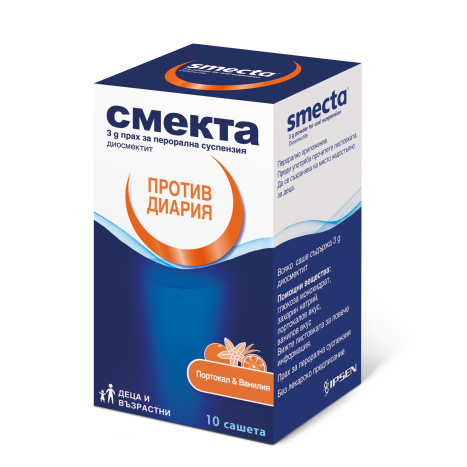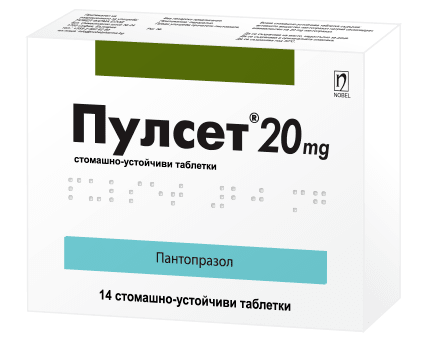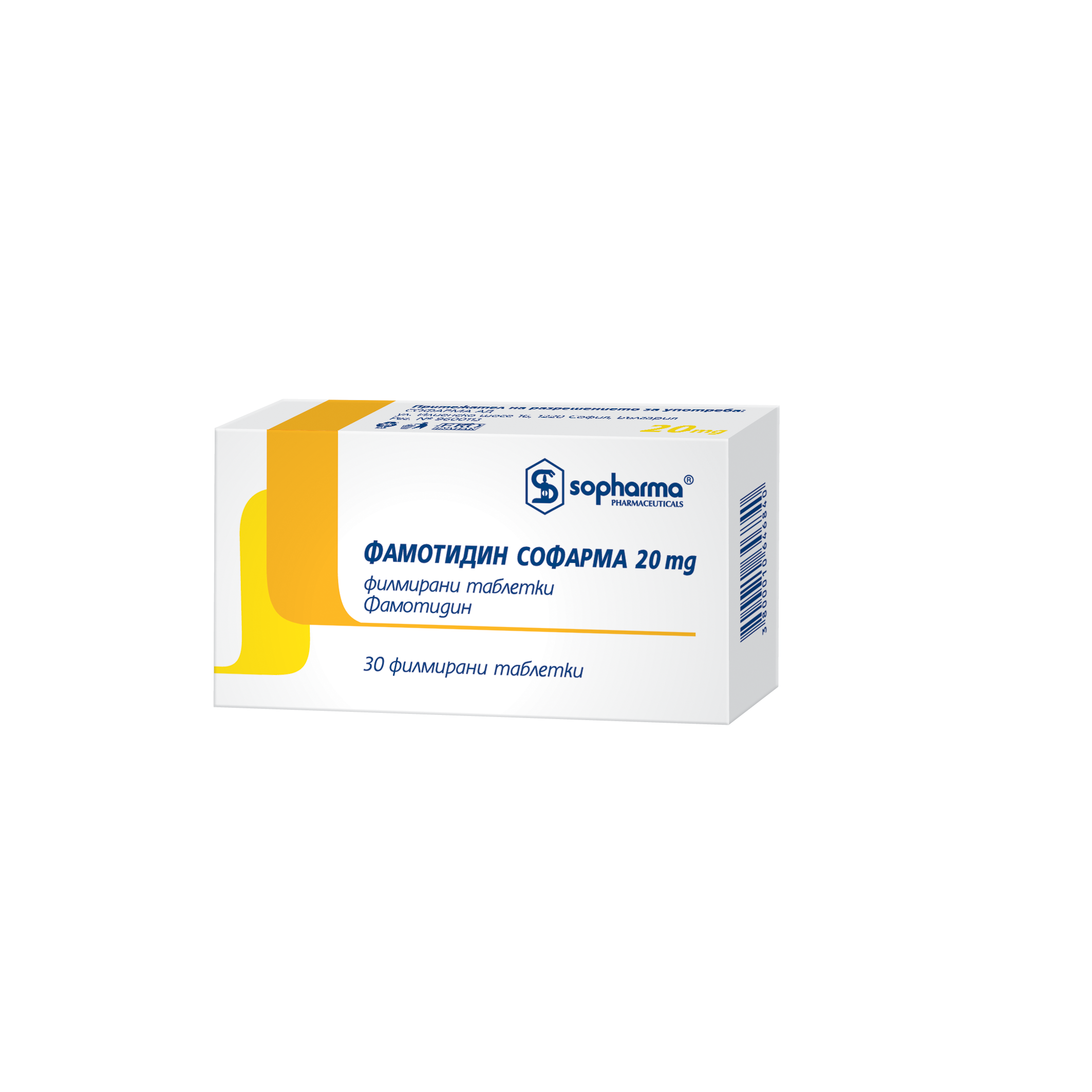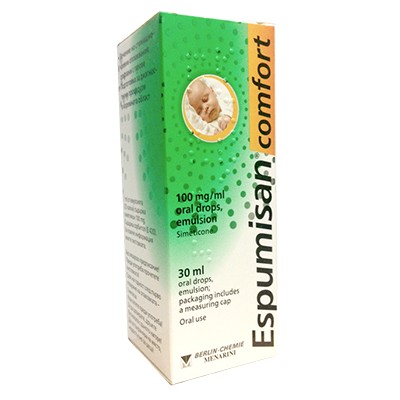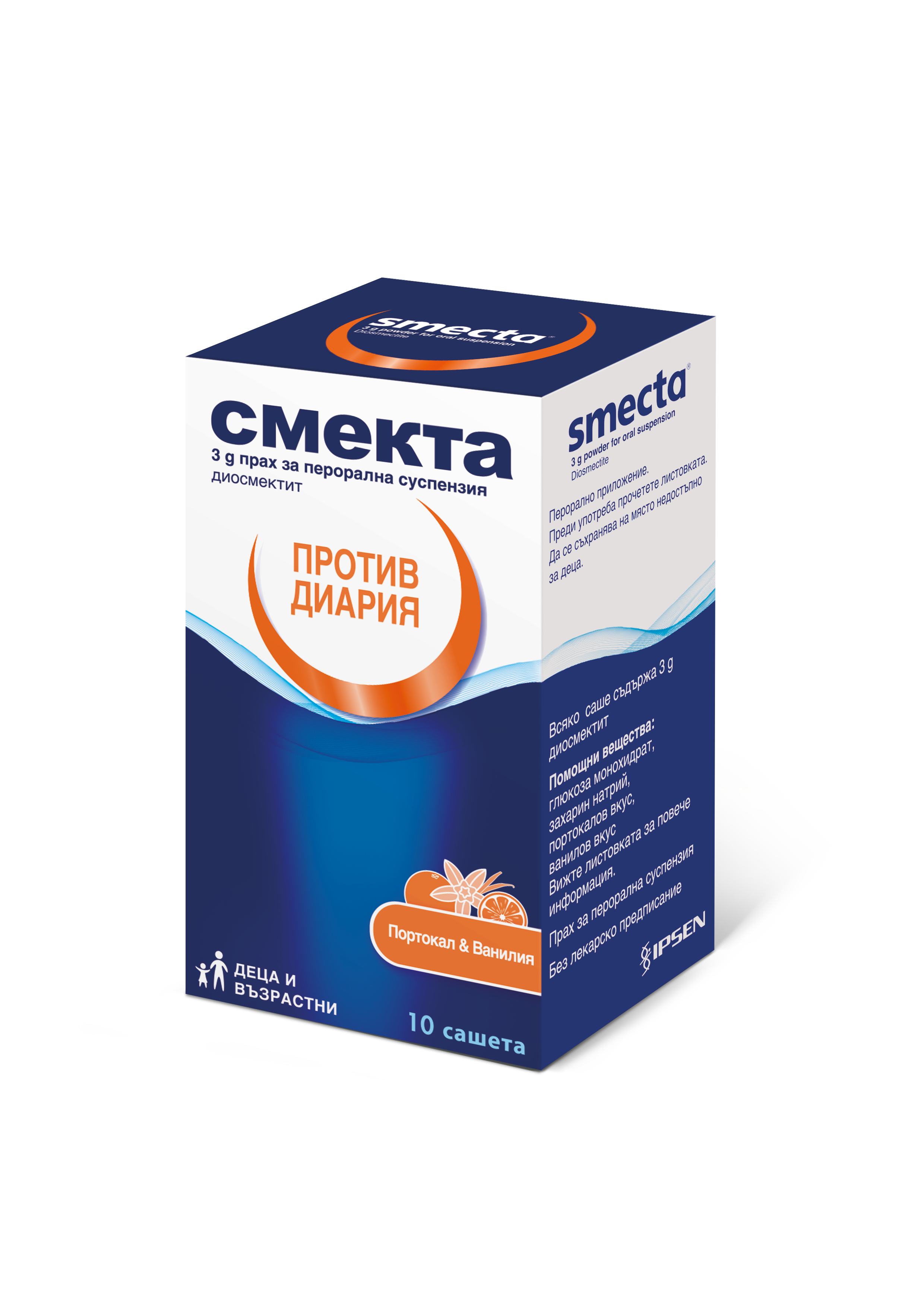SMECTA / Smecta 3 g powder for oral suspension
SMEKTA 3 g powder for oral suspension
Smecta 3 g powder for oral suspension
Each sachet contains 3 g of diosmectite ( diosmectite * (DCF))
Excipients with known effect: glucose, sucrose, ethanol.
Dioctahedral smectite (1.4 nm phyllite):
*This is a natural double silicate of aluminum and magnesium, which differs from other silicates in its X-ray diffraction spectrum. Iron, magnesium and calcium partially replace aluminum in the octahedral layer of alumina.
For the full list of excipients, see section 6.1.
Powder for oral suspension in sachets.
The medicinal product is a powder with a grey-white to ochre colour, with a slight orange-like odour when the suspension is prepared.
- Treatment of acute diarrhea in children > 2 years of age together with oral rehydration solution, as well as in adults
- Symptomatic treatment of chronic functional diarrhea in adults
- Symptomatic treatment of pain associated with functional bowel disorders in adults
For special warnings and precautions for use, see section 4.4. Treatment does not preclude the need for rehydration when required. The volume of rehydration and the route of administration (oral or intravenous) are adapted to the age and condition of the patient and the severity of the diarrhoea.
For children from two years of age:
6 grams (2 sachets) per day
This dose may be doubled at the beginning of an episode of acute diarrhea.
Adults
- 9 grams (3 sachets) per day
- This dose may be doubled at the beginning of an episode of acute diarrhea
• Treatment for other indications
Adults
An average of 9 grams (three sachets) daily.
Method of administration
Oral administration
The contents of the sachet should be suspended immediately before use.
Children
The contents of the sachet can be dissolved in a pacifier or bottle with 50 ml of water and given during the day or mixed well with semi-liquid food: porridge, stewed fruit, vegetable puree and baby food.
Adults:
The contents of the sachet can be dissolved in half a glass of water.
Hypersensitivity to the active substance or to any of the excipients listed in section 6.1.
Special warnings
They are required when patients with a history of severe chronic constipation are treated with diosmectite.
Pediatric population
In infants and children under 2 years of age, the use of Smecta should be avoided. The reference treatment for acute diarrhea is oral rehydration solution (ORS). In children, the treatment of acute diarrhea with diosmectite should be carried out in combination with prior oral rehydration therapy to avoid dehydration. Prolonged use of Smecta should be avoided.
In adults, rehydration therapy is not necessary, except in special cases.
The duration of oral or intravenous rehydration therapy should be tailored to the nature (severity) of the disease, the patient's age, and also the clinical history of the disease.
Precautions for use
Smecta should not be taken by patients with rare hereditary problems such as fructose intolerance, glucose and galactose malabsorption or insufficiency of the sucrose-isomaltose complex enzyme.
This medicine contains small amounts of ethanol (alcohol), less than 100 mg per daily dose.
- Interaction with other medicinal products and other forms of interaction
Since the absorption properties of this product may affect the rate and/or extent of absorption of other substances, it is recommended that other drugs not be administered concurrently with Smecta.
Fertility
The effect on fertility in humans has not been studied.
Pregnancy
There are no or limited data (on the outcome of less than 300 pregnancy outcomes) from the use of Smecta in pregnant women.
Animal studies are insufficient with respect to reproductive toxicity.
Account is not recommended during pregnancy.
Breastfeeding
There is limited data on the use of Smecta during breastfeeding.
Smecta is not recommended during breastfeeding.
There is no influence on the ability to drive and use machines.
No studies have been conducted, but no effects are expected.
The most frequently reported adverse reaction during treatment is constipation, which occurs in approximately 7% of adults and approximately 1% of children. If constipation occurs, diosmectite should be discontinued and, if necessary, resumed at a lower dose. The table below lists adverse drug reactions from clinical trials and post-marketing sources. Frequencies are defined according to the following convention: very common (≥ 1/10), common (≥ 1/100 to < 1/10), uncommon (≥ 1/1,000 to < 1/100), rare (≥ 1/10,000 to < 1/1,000), very rare (< 1/10,000), not known (cannot be estimated from the available data).
Adverse drug reactions identified from clinical trials and post-marketing sources
System-organ class | Frequency | Adverse reaction |
|---|---|---|
Gastrointestinal disorders | Common* | Constipation |
Skin and subcutaneous tissue disorders | Uncommon* | Rash |
Rare* | Urticaria | |
Unknown | Angioedema, pruritus | |
Immune system disorders | Unknown | Hypersensitivity |
*Estimation based on frequencies in clinical trials
Reporting suspected adverse reactions
Reporting of suspected adverse reactions after authorisation of a medicinal product is important. This allows for continued monitoring of the benefit-risk balance of the medicinal product. Healthcare professionals are asked to report any suspected adverse reactions via:
Executive Agency for Medicines
8 Damyan Gruev Street
1303 Sofia
Tel.: +35 928903417
website: www.bda.bg
Overdose can lead to severe constipation or bezoar.
- PHARMACOLOGICAL PROPERTIES
5.1 Pharmacodynamic properties
Pharmacotherapeutic group: Antidiarrheal adsorbents ; ATC code: A07BC05
Clinical pharmacology:
For diosmectite, it has been confirmed that
- adsorbs intestinal gases in adults
- restores normal mucosal permeability in a clinical study conducted in children with gastroenteritis
Thanks to its sheet-like structure and high plastic viscosity, Smectite has a powerful property of coating the gastrointestinal mucosa.
Toxico-pharmacological studies have shown that diosmectite:
- acts as a mucus stabilizer and cytoprotector of the gastrointestinal mucosa against aggressive agents such as hydrochloric acid, bile acids, salts and other irritants,
- demonstrates high adsorption capacity against enterotoxins, bacteria and viruses,
- strengthens the intestinal mucosa barrier,
- Diosmectite restores the defect in the epithelial barrier caused by the proinflammatory cytokine TNF-α (involved in several intestinal disorders: infectious diarrhea, inflammatory bowel diseases and food allergy).
When ingested, Smecta is limited to the luminal side of the epithelium (it is neither absorbed nor metabolized).
Diosmectite is excreted in the feces through the process of normal intestinal transit.
Non-clinical data reveal no special hazard for humans based on conventional studies of acute and repeated dose toxicity and genotoxicity.
Saccharin sodium,
Vanilla o in flavor*,
Orange flavor**
* Ingredients of vanilla flavor:
Maltodextrin, glyceryl triacetate (E1518), silicon dioxide (E551), ethyl alcohol, soy lecithin (E322), vanilla flavor.
*Orange flavor composition
Maltodextrin, sucrose, acacia gum, mono- and diacetyl ester of tartaric acid and mono- and diglycerides of fatty acids (E472e), silicon dioxide (E551), orange flavor.
- Incompatibilities
Not known
- Expiration date
3 years
- Special storage conditions
There are no special storage conditions.
- Type and contents of the package
Sachets (Kraft paper, aluminum foil/PE) containing 3.760 g of powder for oral suspension.
Cardboard boxes with 10, 30 and 60 sachets.
6.6 Special precautions for disposal and handling
Before discarding the contents of the sachet, it should be mixed with water and poured out.
- MARKETING AUTHORISATION HOLDER
IPSEN Consumer HealthCare
65,quai Georges Gorse
92 100, Boulogne-Billancourt
FRANCE
- MARKETING AUTHORISATION NUMBER(S)
20020513
- DATE OF FIRST AUTHORISATION/RENEWAL OF THE AUTHORISATION
Date of first authorisation: 20.06.2002
Date of last renewal: 21.12.2007
- TEXT UPDATE DATE: 06/2020


